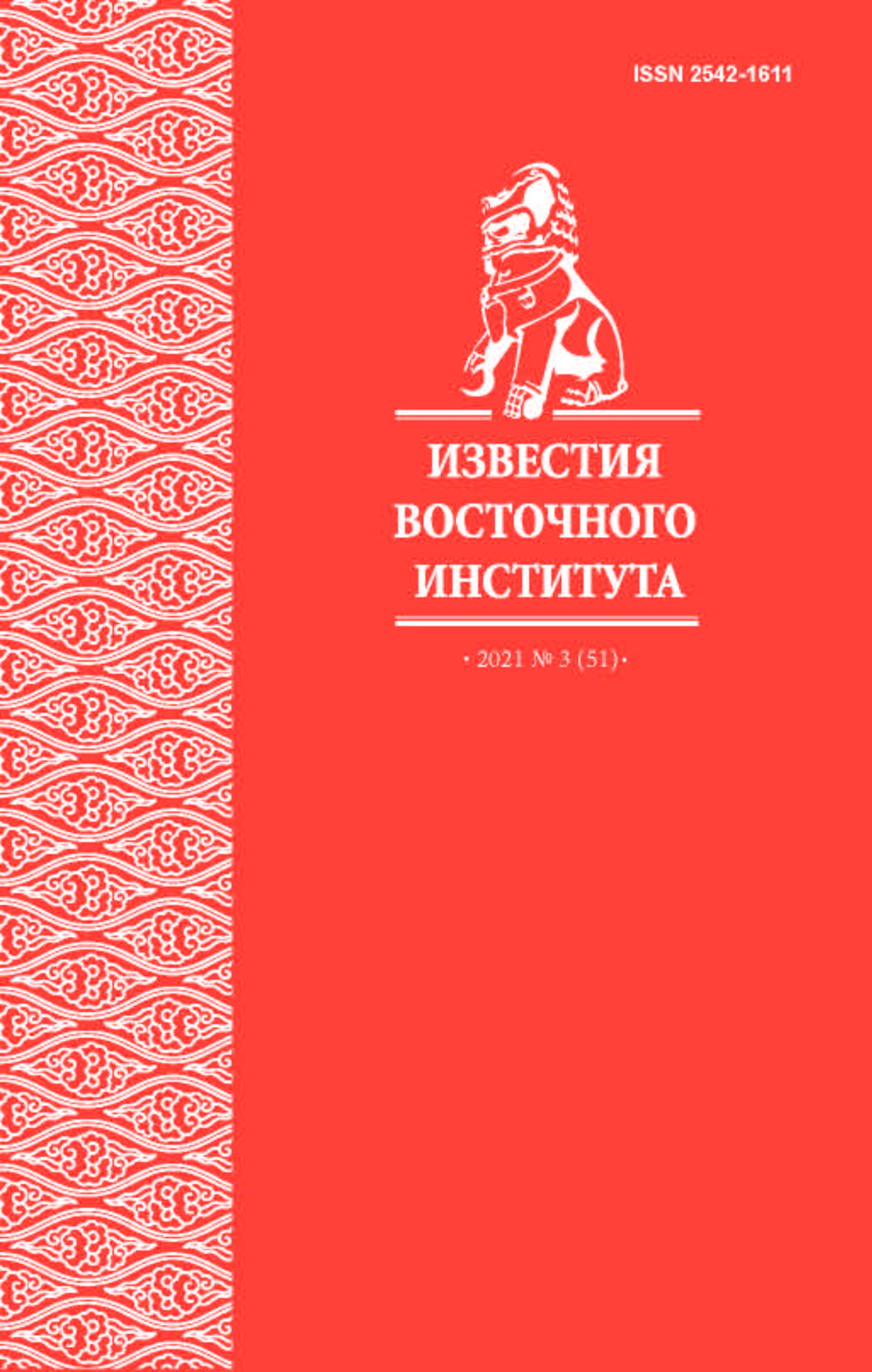The Main Factors of Changes in the Sphere of Spiritual and Value Orientations in the Culture of the Indigenous Peoples of the Russian Far East In the XIX–XXI Centuries
DOI:
https://doi.org/10.24866/2542-1611/2021-3/17-26Keywords:
indigenous smallnumbered peoples, Russian Far East, spiritual and value orientations, cultural transformationsAbstract
The period of the XIX–XXI centuries for the indigenous peoples of the Far East is a time of fundamental changes in the field of their own culture and identity. These changes could not pass by the spiritual and value orientations of the aboriginal ethnic groups. During this period, they turned from completely independent ethnic groups into a part of a large multinational state, with a fundamentally different spiritual sphere and social structure. In addition, during this period, the state itself, which included the Far Eastern peoples, also underwent global, sometimes revolutionary transformations in all spheres. We tried to analyze the main aspects of this process and identify the role of the factors that influenced the transformations in the field of spiritual and value orientations in the culture of the indigenous peoples of the Far East. These factors include the role of the state, Christianization, and a different model of the social
structure of the Eastern Slavs.




